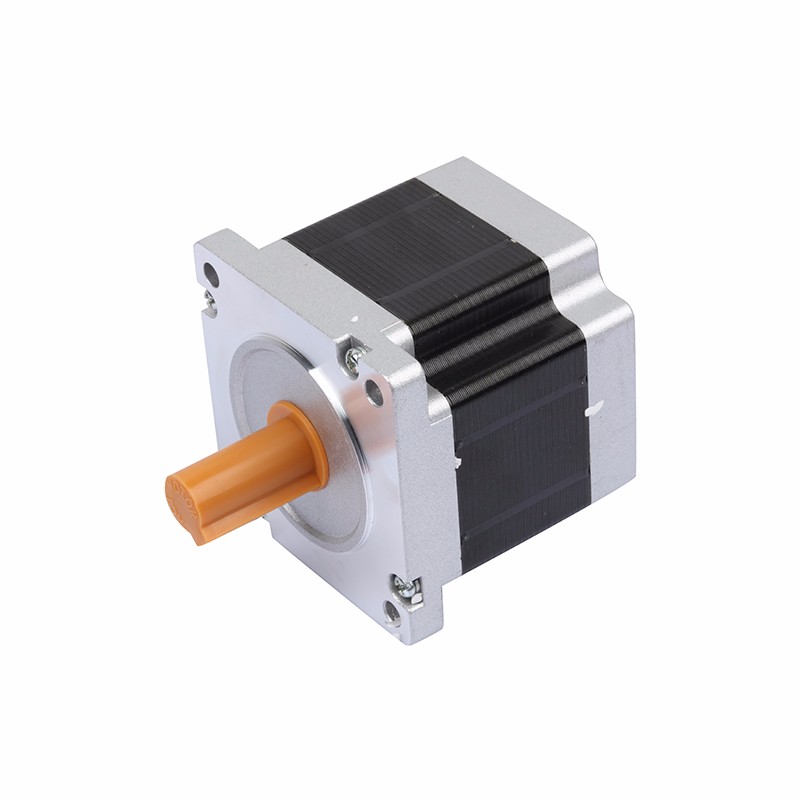Source:Industry News Release time:2022-03-10 Clicks:0 Popular:Reduction motor manufacturer

Principle of stepper motor: Stepper motor is an open-loop control component that converts electrical pulse signals into angular displacement or linear displacement. Under non-overload conditions, the motor's speed and stop position only depend on the frequency and number of pulses of the pulse signal and are not affected by load changes. That is, a pulse signal is added to the motor and the motor rotates by a step angle.
The existence of this linear relationship, coupled with the fact that stepper motors only have period errors and no cumulative errors, make it very simple to use stepper motors to control speed, position and other control areas. Although stepper motors have been widely used, stepper motors are different from ordinary DC motors. AC motors are commonly used. It must be used by a control system composed of double-ring pulse signals, power drive circuits, etc. Therefore, it is not easy to use stepper motors well. It involves many professional knowledge such as mechanics, electrical machinery, electronics and computers.
Briefly describe the working principle of screw stepper motor
A screw stepper motor or linear stepper motor is rotated by a magnetic rotor core through the interaction with the pulsed electromagnetic field generated by the stator. Screw stepper motors convert rotational motion into linear motion inside the motor.
Recommended reading
Related Information
CGZF-042L1-5-P2
2020-12-21Stepper motor
2021-04-14Stepper motor
2020-12-21CGX060
2021-01-13Planetary reducer
2021-04-15Three phase motor
2020-12-21Stepper motor
2021-04-14Stepper motor
2021-04-14CGF-042L2-16-P2
2020-12-21CGF-042L2-16-P2
2020-12-21Stepper motor
2020-12-21Stepper motor
2020-12-21CGX042
2021-01-13Stepper motor
2021-04-14Planetary reducer
2021-04-15Stepper motor
2021-04-14CGXZK060
2021-01-13CGXZK115
2021-01-13